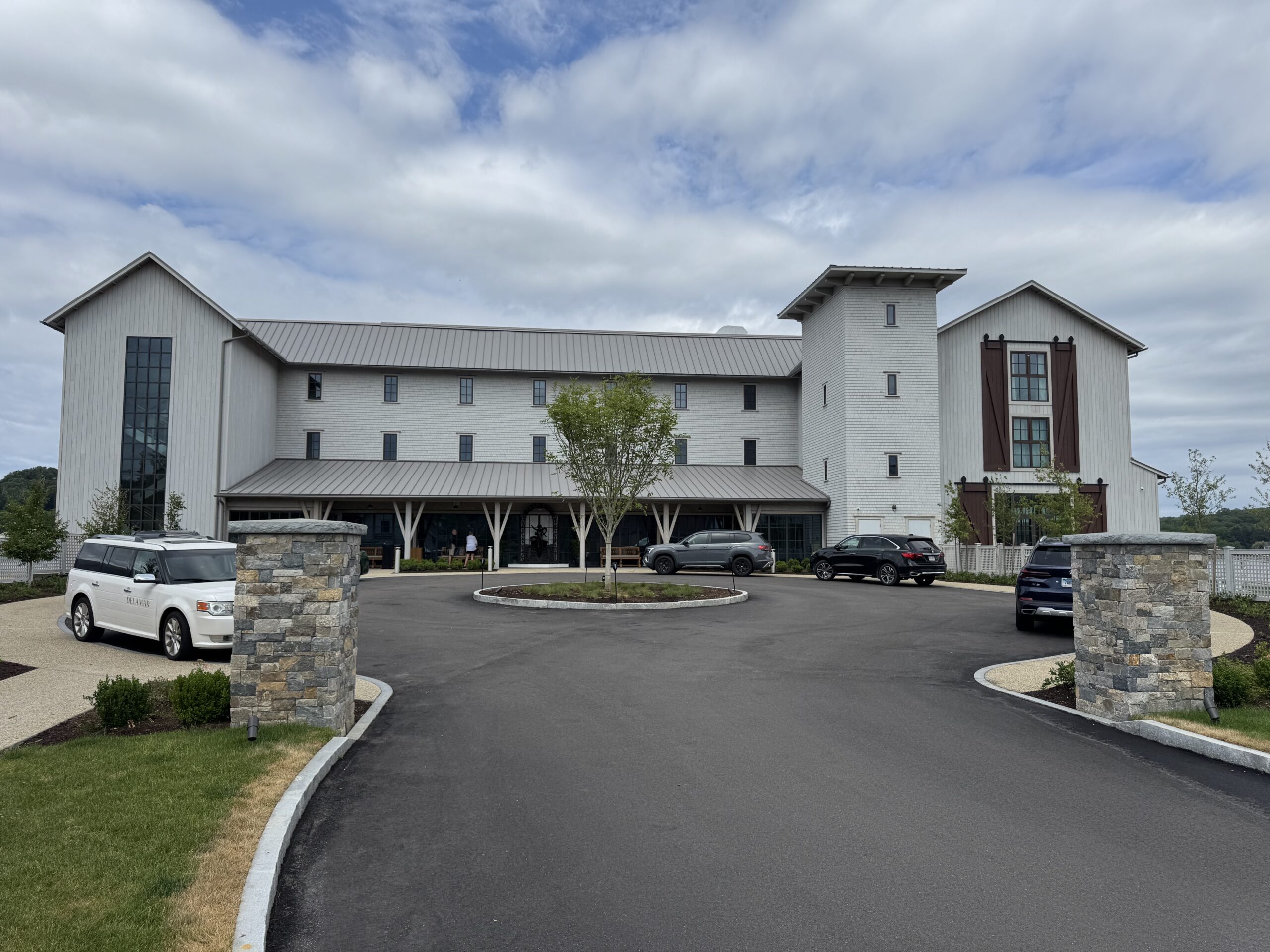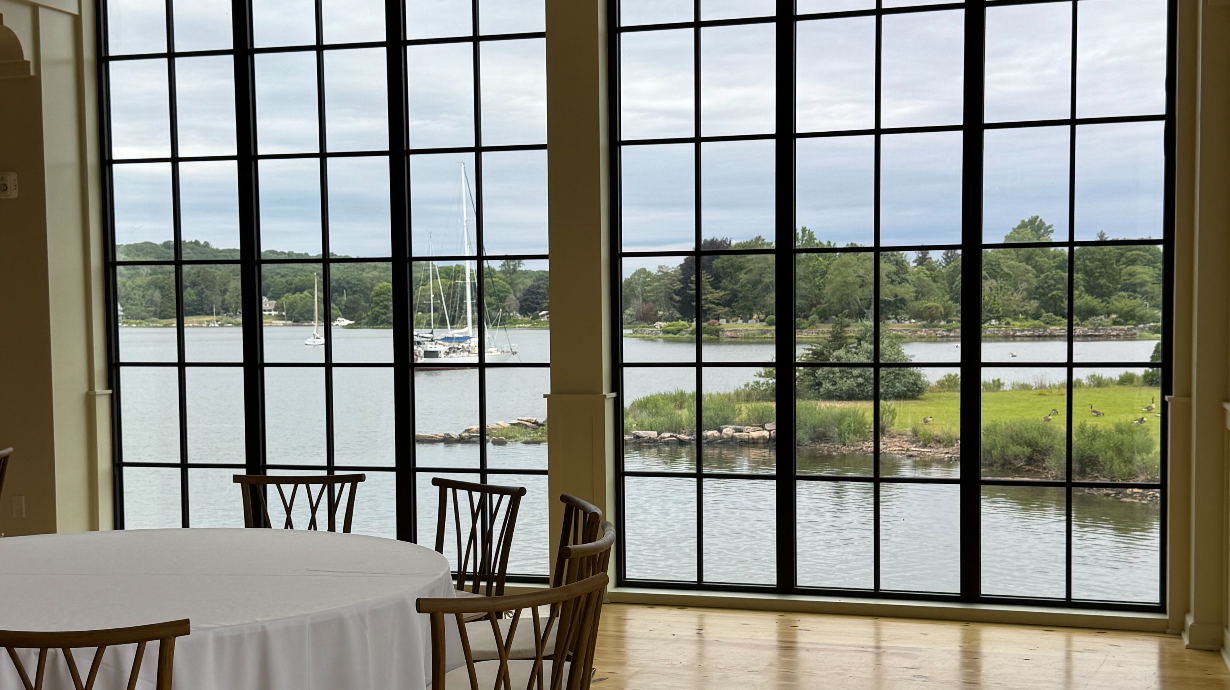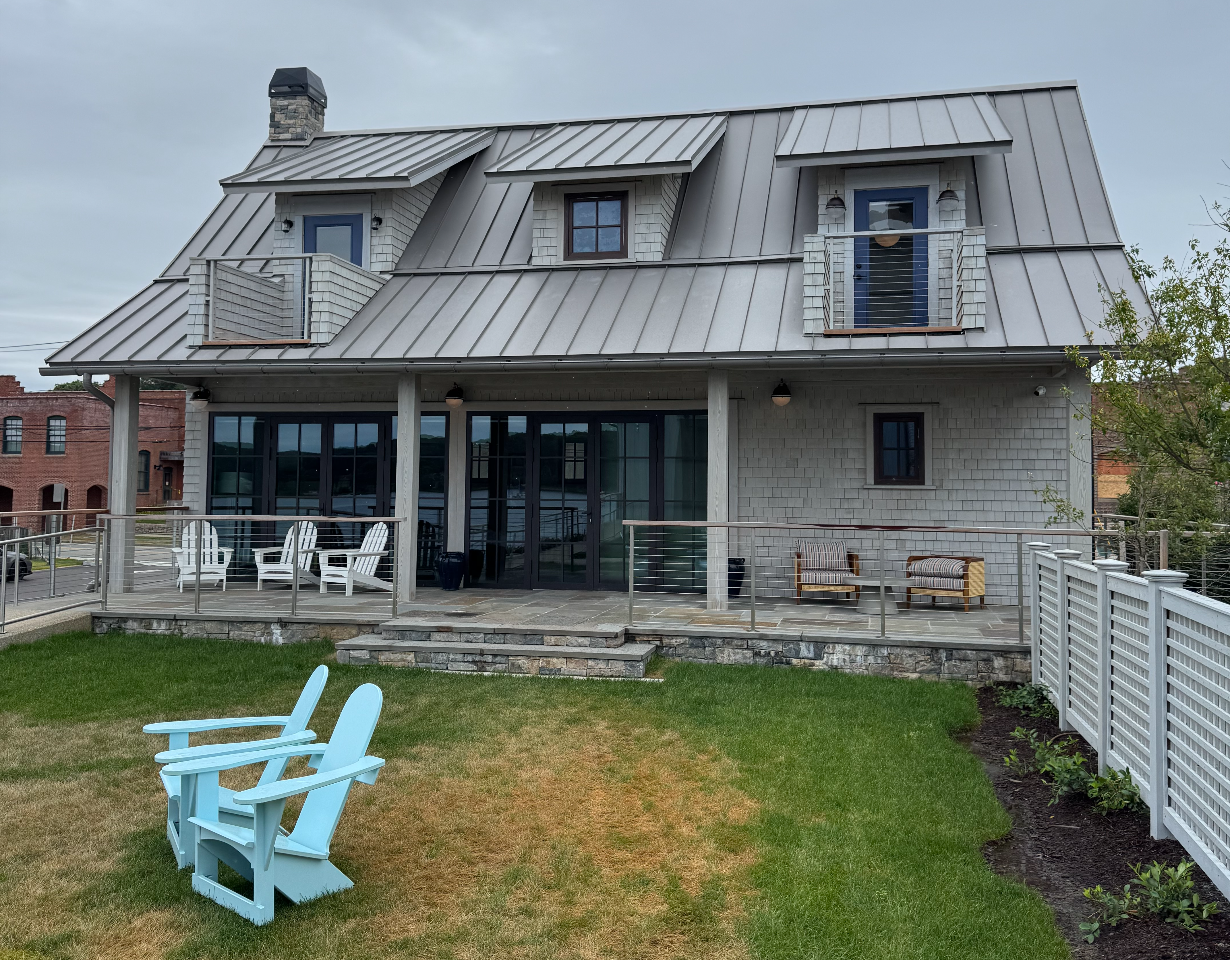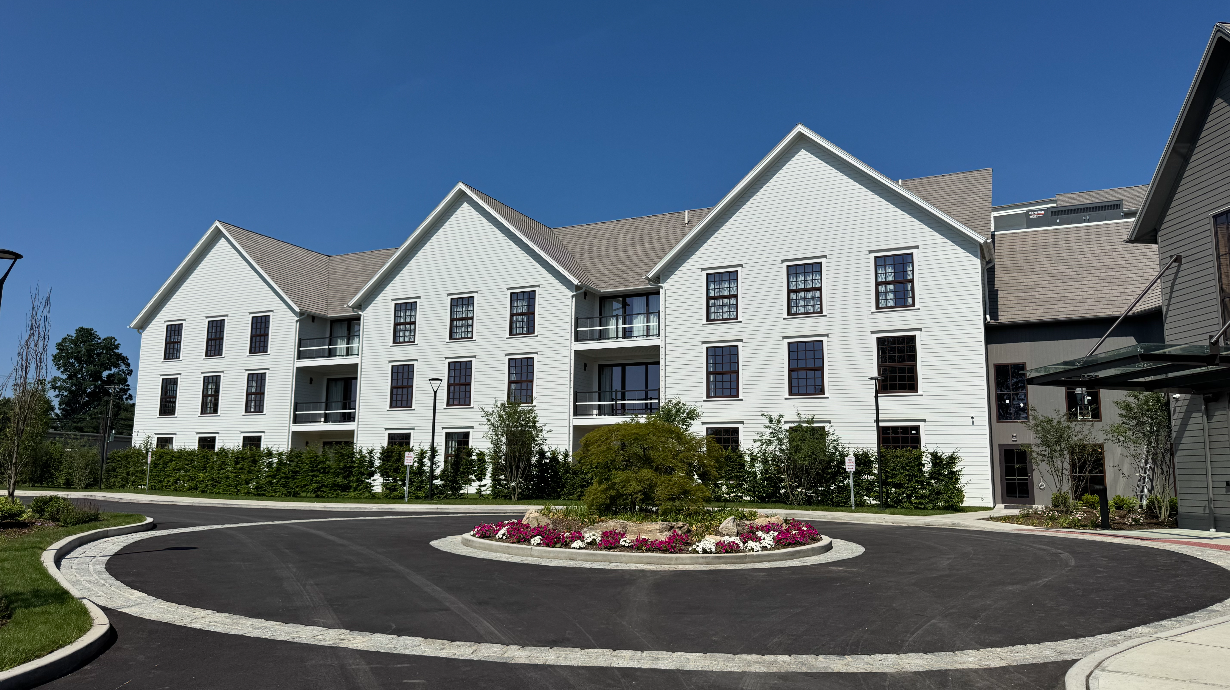The Northeast’s harsh winters, humid summers, and significant temperature fluctuations create unique challenges for homeowners seeking optimal energy efficiency and comfort. When selecting windows for Connecticut, Massachusetts, New York, and surrounding states, the choice between triple-pane and double-pane glazing significantly impacts heating costs, comfort levels, and long-term home value. Understanding the performance differences, cost implications, and practical benefits of each glazing option ensures you make the right decision for your Northeast home.
This comprehensive analysis examines triple-pane and double-pane window performance specifically in Northeast climates, providing practical insights to help homeowners navigate this important decision with confidence.
Understanding Northeast Climate Challenges
Northeast Weather Patterns
The Northeast region experiences some of the most demanding weather conditions in the United States, requiring windows that can handle extreme temperature variations while maintaining energy efficiency and comfort.
These conditions make window selection critical for maintaining comfortable indoor environments while controlling energy costs throughout the region’s diverse climate zones.
Energy Efficiency Requirements
Northeast states have implemented increasingly stringent energy codes recognizing the region’s heating demands. Connecticut, Massachusetts, and New York energy codes now favor high-performance windows with specific U-value requirements:
- Connecticut Energy Code: U-values of 0.30 or lower for residential windows
- Massachusetts Stretch Energy Code: Enhanced requirements for energy efficiency
- New York Energy Conservation Code: Performance standards emphasizing thermal efficiency
- ENERGY STAR Northeast Zone requirements: U-value ≤ 0.30, SHGC ≤ 0.40
These requirements often favor triple-pane systems, though high-performance double-pane windows can also meet standards when properly specified.
Double-Pane Window Technology and Performance
Double-Pane Construction and Features
Double-pane windows consist of two glass layers separated by an insulating air or gas-filled space, typically 12-16mm wide. Modern double-pane systems incorporate advanced technologies to maximize thermal performance while maintaining cost effectiveness.
Key double-pane features include:
- Low-E Coatings: Selective coatings reflecting infrared energy while allowing visible light
- Inert Gas Fills: Argon or krypton gas improving insulation performance
- Warm-Edge Spacers: Advanced spacer materials reducing edge heat transfer
- Quality Sealants: Long-lasting seals preventing gas loss and moisture infiltration
- Optimized Glass Thickness: Varied thicknesses reducing noise transmission
High-performance double-pane systems like those featured in the Kömmerling 76 MD can achieve U-values as low as 0.76 W/(m²K), making them competitive options for Northeast applications.
Double-Pane Performance in Northeast Climates
Quality double-pane windows perform admirably in Northeast conditions when properly specified:
- Thermal Performance: U-values ranging from 0.25-0.35 for premium systems
- Condensation Control: Adequate interior surface temperatures in most conditions
- Energy Savings: 25-40% improvement over single-pane windows
- Cost Effectiveness: Balanced performance and affordability
- Proven Technology: Decades of reliable performance in regional applications
Double-Pane Limitations in Extreme Conditions
Despite their effectiveness, double-pane windows face limitations in the Northeast’s most challenging conditions:
- Potential condensation during extreme cold snaps below 0°F
- Limited performance in passive house or ultra-low energy applications
- Higher heating costs compared to triple-pane alternatives
- Reduced comfort near windows during severe weather
- May not meet future energy code requirements
Triple-Pane Window Technology and Advantages
Triple-Pane Construction and Engineering
Triple-pane windows feature three glass layers with two insulating cavities, typically filled with inert gases for maximum thermal performance. The additional glass layer and air space significantly enhance insulation while providing other performance benefits.
Advanced triple-pane features include:
- Multiple Low-E Coatings: Selective coatings on multiple surfaces optimizing performance
- Dual Gas Fills: Different gas types in each cavity for optimized thermal properties
- Center-Glass Performance: U-values as low as 0.15 W/(m²K) possible
- Enhanced Sound Control: Superior acoustic insulation through multiple barriers
- Improved Security: Additional glass layer increasing break resistance
Premium systems like the MB-86N window system accommodate triple glazing up to 63mm thick, enabling exceptional thermal performance for demanding Northeast applications.
Triple-Pane Performance Advantages
Triple-pane windows excel in Northeast climates through multiple performance enhancements:
- Superior Thermal Performance: U-values typically 0.15-0.25 W/(m²K)
- Condensation Elimination: Higher interior surface temperatures preventing moisture
- Enhanced Comfort: Reduced cold drafts and temperature stratification
- Energy Savings: 10-20% additional savings compared to double-pane
- Noise Reduction: Exceptional sound insulation for urban environments
- Future-Proofing: Meeting anticipated future energy requirements
Triple-Pane Considerations
While triple-pane windows offer superior performance, several factors require consideration:
- Higher Initial Cost: 15-30% premium over comparable double-pane systems
- Increased Weight: Additional structural considerations for installation
- Reduced Light Transmission: Slightly less natural light due to additional glass
- Frame Requirements: Deeper frames needed to accommodate thicker glazing
- Professional Installation: Specialized handling and installation requirements
Climate-Specific Performance Analysis
Heating Season Performance
The Northeast’s extended heating season makes thermal performance the primary consideration for window selection. Comparative analysis reveals significant differences:
Double-Pane Heating Performance:
- Heat loss rates: 15-25 BTU/hr/sq ft during winter conditions
- Interior surface temperatures: 55-65°F during 0°F exterior conditions
- Condensation risk: Moderate during extreme cold periods
- Comfort zone: 3-5 feet from window surfaces
Triple-Pane Heating Performance:
- Heat loss rates: 8-15 BTU/hr/sq ft during winter conditions
- Interior surface temperatures: 65-70°F during 0°F exterior conditions
- Condensation risk: Minimal even during extreme conditions
- Comfort zone: Extends to within 1-2 feet of window surfaces
Summer Performance Considerations
Northeast summers require effective solar heat gain control while maintaining natural light:
- Double-Pane: Adequate solar control with proper Low-E coatings and SHGC ratings
- Triple-Pane: Superior solar control with multiple coating options and enhanced comfort
Both systems can effectively manage summer conditions when properly specified with appropriate Solar Heat Gain Coefficients (SHGC) for Northeast climates.
Specific Northeast Applications
Connecticut Coastal Homes
Connecticut’s coastal areas face unique challenges requiring specific window considerations:
- Salt air corrosion requiring corrosion-resistant frames
- Hurricane exposure demanding impact-resistant glazing
- Moisture control preventing condensation problems
- Energy efficiency reducing high regional utility costs
Both double-pane and triple-pane options work well when paired with appropriate frame materials like aluminum or high-quality uPVC.
Massachusetts Historic Districts
Historic preservation requirements in Massachusetts towns often influence window selection:
- Aesthetic compatibility with historic architecture
- Preservation commission approval requirements
- Energy efficiency mandates conflicting with historic guidelines
- Custom sizing accommodating original openings
High-performance double-pane systems often provide the best balance of efficiency and historic compatibility.
New York Urban Environments
Urban applications in New York present specific performance requirements:
- Noise control from traffic and city sounds
- Security considerations for ground-floor installations
- Energy efficiency reducing high utility costs
- Building code compliance with local requirements
Triple-pane systems excel in urban environments through superior acoustic performance and enhanced security.
Making the Right Choice for Your Project
When Double-Pane Windows Excel
Double-pane windows remain excellent choices for specific Northeast applications:
- Budget-Conscious Projects: Balanced performance and affordability
- Standard Applications: Well-insulated homes with moderate performance requirements
- Historic Renovations: Thinner profiles accommodating existing openings
- Replacement Projects: Upgrading from single-pane windows
- Moderate Climate Exposure: Sheltered locations with less extreme conditions
When Triple-Pane Windows Justify Premium
Triple-pane systems provide clear advantages in demanding applications:
- Energy-Efficient Homes: Passive house and net-zero energy projects
- Extreme Exposure: Locations with severe winter conditions
- Comfort Priorities: Projects emphasizing occupant comfort
- Future-Proofing: Anticipating stricter energy codes
- Urban Locations: High noise environments requiring acoustic control
- Premium Projects: High-end homes where performance justifies cost
Installation and Performance Optimization
Regardless of glazing choice, proper installation and system integration maximize performance in Northeast climates:
- Professional Installation: Ensuring proper sealing and thermal performance
- Frame Selection: Choosing materials suited to local conditions
- Weather Sealing: Complete air sealing preventing thermal bridging
- Quality Control: Verification of performance specifications
- System Integration: Coordination with insulation and air barrier systems
Contact Rhea Windows for expert consultation on selecting the optimal glazing option for your Northeast project, ensuring maximum performance and value.
Future Considerations and Trends
Several trends influence glazing selection for Northeast applications:
- Evolving Energy Codes: Increasingly stringent requirements favoring high-performance systems
- Utility Incentives: Rebate programs supporting efficient window installations
- Technology Advances: Improved glazing technologies enhancing performance
- Climate Awareness: Growing emphasis on carbon footprint reduction
- Smart Integration: Compatibility with home automation and monitoring systems
Conclusion
The choice between triple-pane and double-pane windows for Northeast climates depends on specific project requirements, performance priorities, and budget considerations. While high-performance double-pane systems provide excellent value for many applications, triple-pane windows offer superior comfort, energy efficiency, and future-proofing benefits that often justify their premium cost.
Understanding your home’s specific conditions, energy goals, and comfort requirements helps determine the optimal glazing choice. Both options, when properly specified and installed, provide significant improvements over older window systems while addressing the unique challenges of Northeast climates.
Discover why Rhea Windows specializes in high-performance glazing systems optimized for Northeast conditions. Our expertise ensures you receive the perfect balance of performance, comfort, and value for your specific climate and application requirements.
Frequently Asked Questions
In many Northeast applications, yes – the enhanced comfort, energy savings of $150-350 annually, and superior condensation control often justify the 15-30% premium, especially in energy-efficient homes or extreme exposure conditions.
Yes, premium double-pane systems with U-values of 0.30 or lower can meet current ENERGY STAR and regional energy code requirements when properly specified with Low-E coatings and inert gas fills.
Triple-pane windows virtually eliminate interior condensation even during extreme cold conditions, while quality double-pane systems may experience minor condensation during the coldest weather below 0°F.




